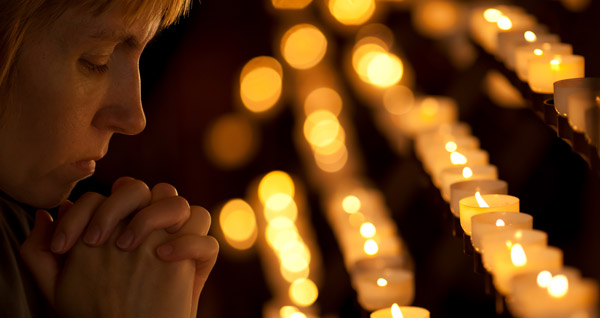
In July, the head of the Vatican’s Divine Worship department ignited controversy. Robert Cardinal Sarah’s talk focused on Vatican II’s desired achievements with liturgical reforms.
Liturgical scholarship, renewal and pastoral theology progressed for over a century to produce Vatican II’s first document, “Sacrosanctum Concilium”. The Constitution on the Sacred Liturgy left most specific ideas to subsequent experts whose papal-approved propositions aimed at increasing the “full, active and conscious participation” the document desired.
However, these words do seem subjective in that participation could be physical, intellectual, visible, spiritual, or all of the above and more. Study of the ancient altar’s placement had, by the mid-20th century, concluded that the priest “faced the people” in antiquity to enable deeper participation, an idea later abandoned by some of its first proponents.
Cardinal Sarah’s contention seems to be that, while there is no doubt “full, active, and conscious participation” was at the forefront of renewal efforts, visibility alone was a secondary consideration. Repositioning of altars caused confusion.
To support his claim, Cardinal Sarah quotes Sacrosanctum Concilium 48. It states “through a good understanding of the rites and prayers [the faithful] should take part in the sacred action conscious of what they are doing … offering the Immaculate Victim, not only through the hands of the priest, but also with him, and learn also to offer themselves day by day into ever more perfect union with God and with each other.”
Cardinal Sarah cites misunderstandings that have arisen since the reforms. One is that, instead of being seen as Christ’s self-offering to the Father, the Mass has been reduced to a fraternal banquet best illustrated when the priest stands across the table from the diners, or that the Liturgy is a celebration of a community’s identity and functions more than one of unity established by a common reverence for the Lord’s redemption and expected return.
To better illustrate the purpose of worship, Sarah suggests both priest and people turn toward a common direction during the Liturgy of the Eucharist. Urging antecedent catechesis, he says “perhaps beginning this on the first Sunday of Advent this year, when we attend ‘the Lord who will come.’”
Cardinal Sarah mentioned that Pope Francis asked him to study enriching the Liturgy, called the “reform of the reform” by Pope Benedict. This was reported as a Pope Francis sanctioned liturgical change beginning in Advent.
The Vatican clarified that Cardinal Sarah offered only a suggestion, as indicated by his use of the word “perhaps.” Likewise, since a common orientation of priest and people during the Eucharistic Sacrifice is currently permitted and has already been employed by Pope Francis himself, the Vatican cautioned “reform of the reform” may lead to confusion.
In a conflict-loving media culture, some saw this as a rebuff. It just as easily may be yet another attempt to clarify common media misinterpretation.
Whatever the case, Catholic worship nourished souls for millennia before Vatican II. Why priest and people did not always look to one another will be a topic for another edition.



